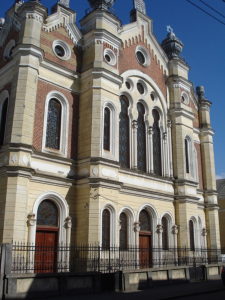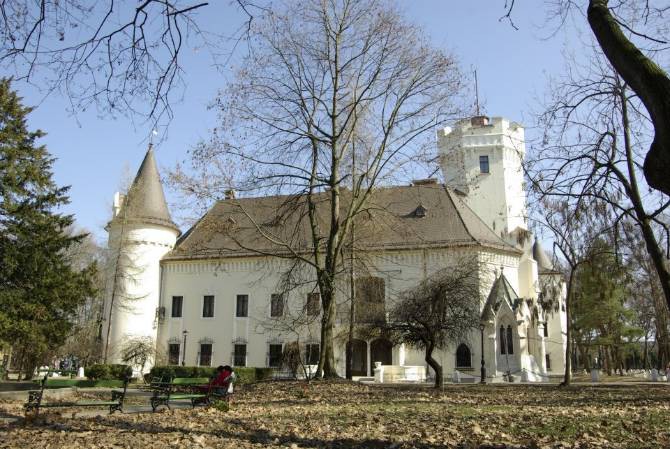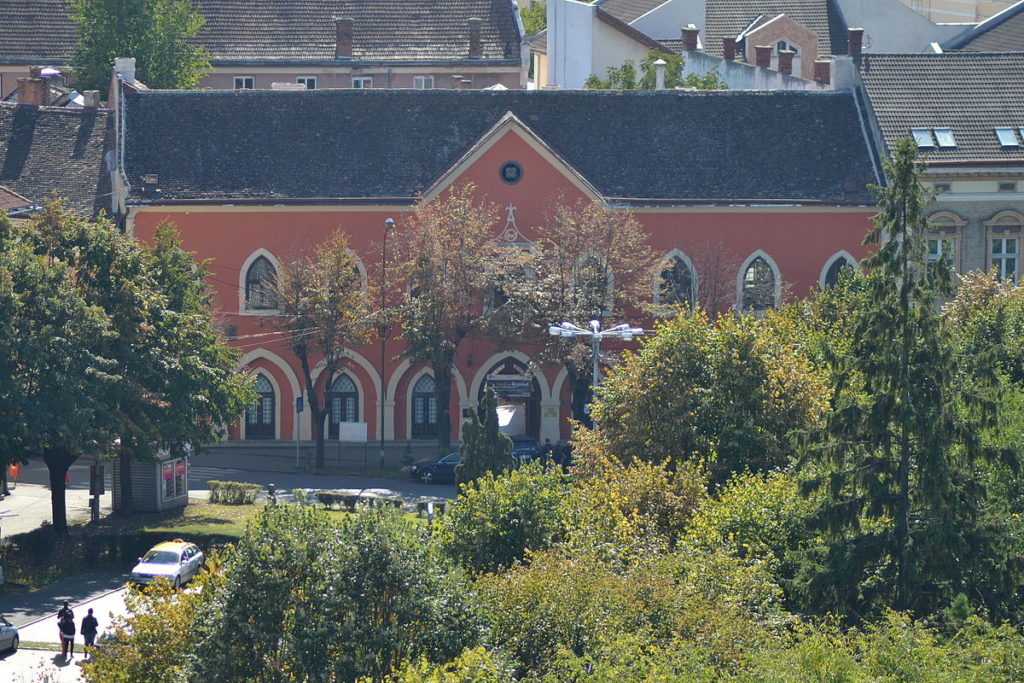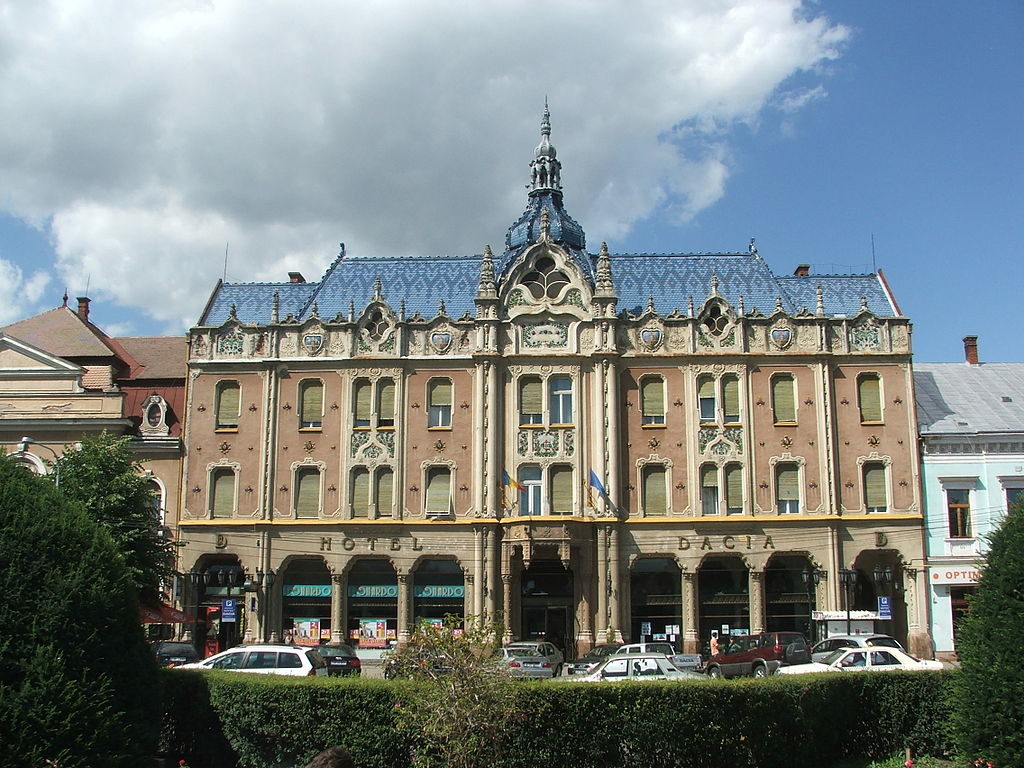Romania travel: Five reasons to visit Satu Mare

One of the largest cities in northern Romania, Satu Mare comes with a multicultural history, an old center worth visiting and opportunities for trips in the surrounding areas.
Get a bird’s-eye view of the town from the Firemen’s Tower
This is a symbol of Satu Mare, and at 45 meters high a perfect place to admire the city. It was built between 1903 and 1904 as an observation point for firemen, on the plans of architect Ferencz Dittler. Lajos Vajnay was its builder. The tower’s walls are 80 cm thick at the base and 30 cm towards the top. Its decorative cupola is made of copper-covered wood. Visitors can reach the top of the tower by climbing the 154 metallic stairs set in a spiral.
Discover the area’s Jewish heritage
 The Great Temple Photo: Pixi/Wikipedia
The Great Temple Photo: Pixi/WikipediaThe city of Satu Mare is part of the European culture route of Jewish Heritage, alongside Sighetu Marmației, Șimleu Silvaniei, Zalău, Baia-Mare, Bistrița and Cluj-Napoca. One of the representative buildings of this heritage is the Great Temple in Satu Mare.
Built towards the end of the 19th century, it is the only remaining synagogue in the city from among the three such places and over 20 houses of prayer that existed before the Second World War. The Great Temple was built after the plans of Hungarian architect Nándor Bach, in a Moorish style. The city also hosts a Holocaust Memorial since 2004.
Tour the nearby castles
 Karolyi Castle
Karolyi CastleThere several castles and fortresses those reaching Satu Mare can visit in the surrounding area. In Carei, 36 km west of the city, the revamped Karolyi Castle welcomes visitors to several interiors reflecting the design of a local aristocratic residence towards the end of the 19th century. The tourists can see the ball room, a library, a collection of paintings and a permanent exhibition on the history of local guilds, among others. Some 22 km south of Satu Mare, visitors can still see the remains of the Ardud medieval fortress, erected during the 15th century. In Medieșu Aurit, 23 km east of Satu Mare, there is the Lonyai Castle, a landmark of the Renaissance architecture in Transylvania.
Explore the area’s past and traditions
 The Art Museum in Satu Mare Photo: Gabriel Danea /Wikipedia
The Art Museum in Satu Mare Photo: Gabriel Danea /WikipediaIn the former building of the Prefecture, built in 1936, the Satu Mare County Museum hosts collections exploring the prehistoric, Dacian and medieval eras. The museum’s ethnography section presents the diverse local culture through items such as traditional peasant furniture, popular dress and jewelry, icons, textiles and ceramics. There is also a history section, with references to the local guilds, ancient books and documents. The museum’s collection is largely based on a collection gathered by the local community starting with 1890. Another important museum in the city is the Arts Museum, located in the Vécsey House, a 19th century Neo-Gothic building. Its collection includes works by local artists of the 20th century.
... and the city's architectural patrimony
 The Dacia Hotel in Satu Mare
The Dacia Hotel in Satu MareThe Hungarian Secession style Dacia Hotel, formerly the Pannonia Hotel, is one of Satu Mare’s most beautiful buildings. This year, it was bought by Hungarian millionaire Tamás Leisztinger, who plans to revamp it after years of neglect. The Astoria Hotel is another example of the city’s 19th century architecture, while the Chains Church stands as one of the oldest churches in the city, with the oldest bell in Satu Mare. Built between 1793 and 1802, it is surrounded by pillars connected by forged chains, hence its name.
How to get there:
Satu Mare is 627 km north of Bucharest on the E81, and only a 20-minute drive from the border with Hungary. This makes the city a gateway for those coming from Western and Central Europe to explore the region of Maramureş. For air travel, Tarom connects the capital to Satu Mare, which has one of the oldest airports in the country, established in 1936 by royal decree. By train, a trip from Bucharest to Satu Mare can take more than 15 hours.
editor@romania-insider.com
(Opening photo: viziteaza-satumare.com)















